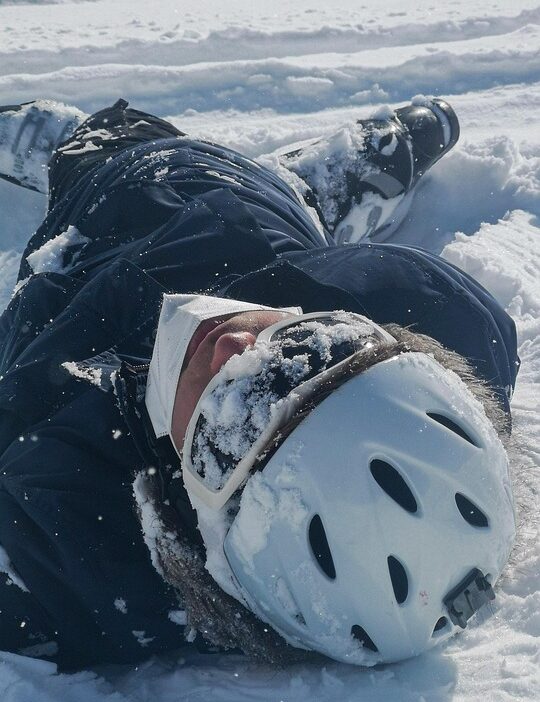Skiing has long been a sport defined by its beautiful landscapes and exhilarating rush. However, recent advances in technology have elevated this timeless activity into a realm of innovation and precision. From the slopes to the gear, technology is fundamentally reshaping how we ski, pushing the boundaries of performance, safety, and experience. Let’s delve into the various ways science and technology are influencing the world of skiing.
Smart Equipment: The Revolution of Ski Gear
Advanced Materials
One significant evolution in skiing is the development of high-performance materials that enhance both gear durability and performance. Modern skis are often made from composite materials, like carbon fiber and Kevlar, which are lightweight yet incredibly strong. This not only improves maneuverability but also reduces fatigue on long runs.
Smart Ski Technology
The advent of connectivity in ski equipment has led to innovations like smart skis and snowboards equipped with sensors. These devices monitor speed, turn radius, and even the skier’s technique, offering real-time feedback through connected apps. Riders can analyze their performance, make necessary adjustments, and improve their skills much faster than traditional training methods would allow.
Safety Innovations: Making the Slopes Safer
Avalanche Detection Systems
Safety in skiing has always been a primary concern, especially in off-piste terrain. Technological advancements in avalanche detection systems—such as digital transceivers and drone technology—enhance mountain safety. These devices can locate buried skiers more efficiently, and some even provide real-time data on avalanche risk, enabling skiers to make informed decisions.
Smart Helmets and Wearables
Another crucial area of technological development is in protective gear. Smart helmets equipped with features such as impact sensors can alert skiers to falls that could lead to serious injuries. Wearable technology like heart rate monitors and GPS trackers can also help skiers keep tabs on their physical well-being while navigating challenging terrains.
Enhanced Training: Data and Performance Analysis
Virtual Reality and Simulation
Virtual reality (VR) is emerging as a powerful tool for ski training. With VR simulators, skiers can practice their techniques in controlled settings, learning complex maneuvers without the inherent risks associated with actual skiing. This technology allows athletes to analyze their form and improve their skills even when they’re unable to hit the slopes.
Biomechanics and Performance Tracking
The use of biomechanical analysis in skiing is revolutionizing coaching methods. Sophisticated motion capture systems, often employed by sports scientists, analyze a skier’s movements in minute detail. High-speed cameras and 3D motion analysis software provide feedback on posture, turning dynamics, and more, allowing for targeted improvements in technique.
The Future: Artificial Intelligence and Beyond
As we look forward, the integration of artificial intelligence (AI) in skiing is likely to transform how we approach both training and experiences on the slopes. AI algorithms could analyze vast amounts of skiing data, offering personalized training programs tailored to individual skill levels and goals.
Moreover, unmanned aerial vehicles (UAVs) equipped with AI could potentially monitor snow conditions in real-time, helping ski resorts optimize their snow management strategies and maintain safe environments.
Conclusion
As technology continues to evolve, the landscape of skiing is undergoing a profound transformation. From high-tech gear that enhances performance and safety to innovative training techniques driven by data and AI, the intersection of science and skiing is leading us into a new era of this beloved sport. With each advancement, skiers are not only achieving greater heights on the slopes but also enjoying a safer and more enriching experience in the stunning winter landscapes that define the skiing journey.
Overall, whether you’re a seasoned pro or a novice hitting the slopes for the first time, the science of skiing is fundamentally changing the game, making it more accessible, exciting, and safe than ever before.

